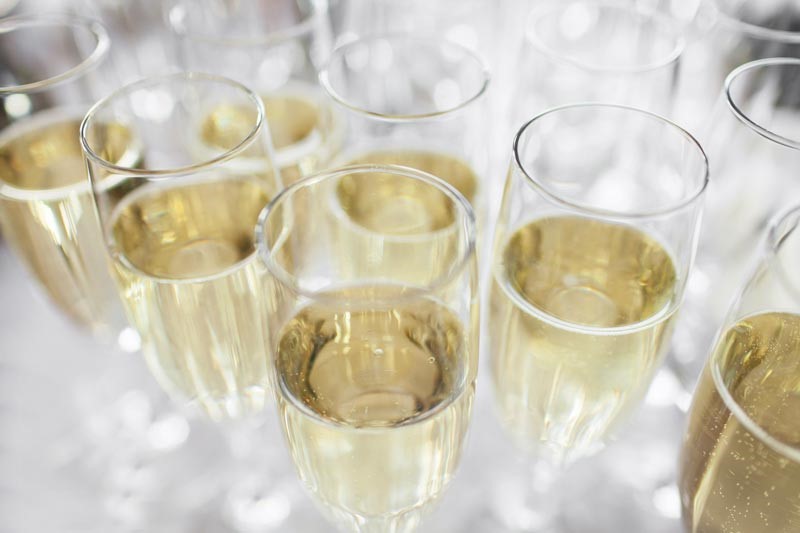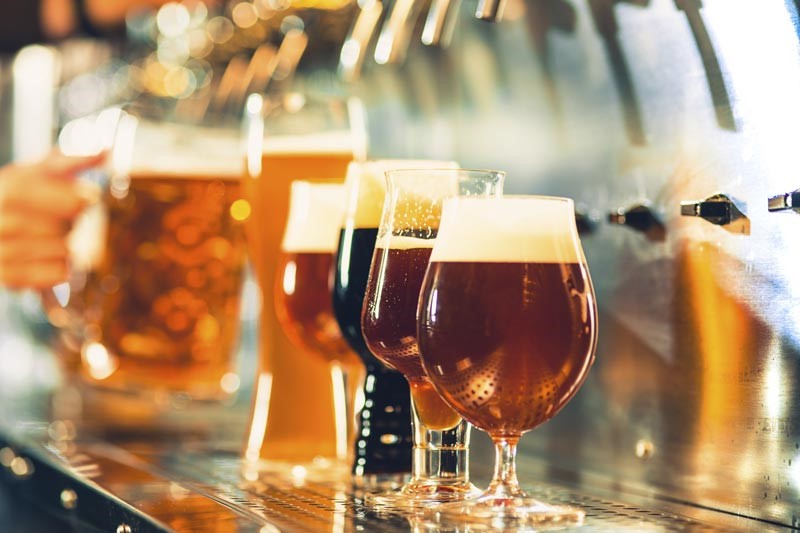In 2019, as café culture booms and hospitality establishments strive for social media friendly (“Instagrammable”) fit outs, having great glassware is essential. Every bar, restaurant, and café needs glassware – whether you want yours to compliment existing dinner settings, spice up your bar area, add class to your cocktail function, or give a touch of personality to your customer’s morning flat white is up to you!
Regardless of whether you’re looking to invest in glassware to newly stock your bar, or simply replace current glassware that’s had a bit too much use, finding fresh, fabulous glassware that perfectly suits your setting can feel overwhelming.
No need to stress; we’re here to help. Check out our top tips for buying glassware in 2019!
Glassware 101: Quality, Materials and Design
When it comes to assessing the quality of glassware, there are five things to pay attention to:
- Cut of glass
- Thickness
- Sound
- Weight
- Refraction
In regard to composition, most present-day glassware is produced from soda lime glass. This glass material is practical, affordable and is perfect for general purpose use.
If you’re looking for a higher-class glass, look no further than crystal. Crystal is a delicate glass; it’s composed of silica, potash, lead oxide (over 35% of its make up) and chemical compounds. The primary difference you’ll notice is the weight and ‘crystal’ clarity. When the crystal is held towards the light, a rainbow effect results, crystal can also be made to ultra-thin density, which adds to its finer appearance.
Glassware is designed with the drink it holds in mind. Take sparkling wine for example; it is most commonly in a tall, narrow stemmed glass or ‘flute’ because this design serves to keep and showcase the beverage’s bubbles better.
Cognac, grappa, schnapps or brandy, on the other hand, is better suited to being served in glassware that has a broad, round base – so that the hands that cradle it can help warm its contents. Red and white wine glasses are designed differently as well; red wine glasses are usually taller and wider than white – this shape allows red wine, which is bolder to release more aromas.
How to select glassware

Wine glasses
Red wine
Seek out large bulbous-shaped glasses with stems. The over-sized bowl contour allows more surface area for the wine to ‘breathe’ – releasing its aroma and enhancing its flavour.
White wine
A smaller version of their red wine cousins, the mouth of a white wine glass is narrower to help to maintain white wine’s lighter, more delicate flavour for longer.
Sparkling wine
Fabulously famous for celebrations of all kinds, sparkling wine, Champagne, or ‘Champagne cocktails’ are served in flute glasses with a narrower mouth than that of a white wine glass. The flute is designed to maintain the sparkle of the beverage, and by holding the stem, someone enjoying a glass of sparkling wine will keep their drink cooler for longer.

Beer glasses
Pint & half-pint glasses
These standard glasses, most popular in “nonic pint” (classic pint glass with straight edges and slight bulb at top) and “stange” (cylindrical glass with straight edges all the way up) are a must for any bar or pub. Like wine glasses, beer glasses are also designed to enhance the drinking experience of different types of beer.
Mugs
Beer mugs consist of relatively thick glass, can be short or tall, and sport a handle on one side to help keep beer cool!
Goblets
With a rounded bowl and stem, beer goblets are less common around bars and pubs these days, but tend to be popular at breweries. They are best suited for certain types of beer, including Belgian ales. Small goblets and other styles of beer glasses are most often presented in sets on a wooden serving block or paddle to serve several smaller samples of beer at micro-breweries.
Glasses for spirits and mixes
Highball or tumbler
Highball glasses and tumblers are mostly used to serve mixed drinks like gin & tonic, rum & sodas and cocktails. These are also very useful for everyday use around your home or establishment for serving water, fruit juice, and soft drinks.
Lowball
This flat-bottomed tumbler with short sides is commonly served with scotch and soda, and scotch on the rocks. Lowball glasses are versatility; they can also serve juice in a breakfast or brunch setting.
Decanters, jugs, punch bowls, and pitchers
Decanters are a stunning addition to any restaurant. Not only do they add a striking aesthetic touch, but they also help aerate wine to release its tones and flavours, and beautifully display spirits such as brandy or whisky.
Jugs, punch bowls and pitchers are excellent for bars or establishments that serve cocktails. Not only are they practical; they also add visual appeal.
What’s next?
So, when you’re ready to start buying glassware, take a survey of the drinks you serve or plan to add to your menu and start making your shopping list from there. Glassware comes in countless styles, so have a good look around to find the perfect glasses. Remember, glass is fragile – be sure and stock up on extra sets to avoid being caught short.
At Stanlee Hospitality, we’ve got a huge range of commercial glassware for all styles and budgets – browse our stock online or visit our showroom to get the best equipment for your bar, restaurant, or café.




